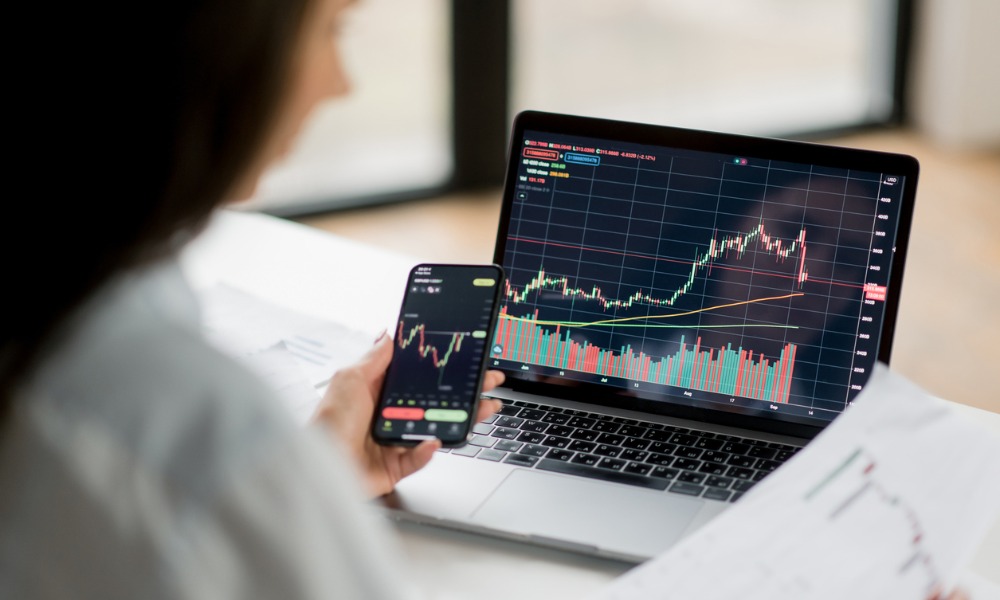Commodity futures trading is a vital component of financial markets, offering opportunities for both risk management and profit generation. Advanced hedging and speculation strategies are crucial for traders looking to manage their exposure to market fluctuations and capitalize on market movements. In this article, we’ll dive into sophisticated strategies in commodity futures, shedding light on how experienced traders navigate the complexities of this space.
Understanding Commodity Futures
Commodity futures contracts are agreements to buy or sell a commodity at a predetermined price on a specific future date. These contracts are standardized and traded on futures exchanges, with various commodities involved, ranging from energy products like oil to agricultural commodities like wheat and coffee. The key feature of futures contracts is that they allow traders to lock in a price today for a transaction that will occur in the future.
There are three primary types of commodities traded in futures markets:
- Energy Commodities: Crude oil, natural gas, heating oil, and gasoline are common energy commodities. These markets are often volatile, influenced by geopolitical events, supply disruptions, and seasonal demand changes.
- Metals: Precious metals like gold and silver, as well as industrial metals like copper and aluminum, are widely traded. Investors often turn to metals as a safe-haven investment during times of economic uncertainty.
- Agricultural Products: Wheat, corn, soybeans, coffee, and sugar are among the most commonly traded agricultural commodities. These markets are influenced by factors like weather conditions, harvest yields, and government policies.
The Role of Hedging in Commodity Futures
Hedging helps traders manage risk by taking an opposite position in a related market to offset potential losses. For example, a wheat farmer may use futures contracts to lock in a price for their crops and protect against price drops.
Advanced Hedging Strategies
Advanced strategies go beyond simple hedging by introducing more complex methods:
- Forward vs. Futures Contracts: Forward contracts are private agreements, while futures contracts are standardized and traded on exchanges. Futures offer flexibility and liquidity, making them ideal for active traders.
- Cross-Hedging: Involves using futures for a correlated commodity (e.g., crude oil futures to hedge against natural gas price changes). It requires understanding commodity correlations.
- Ratio Hedging: Traders hedge a position using futures contracts based on a proportional relationship. For example, hedging 1,000 bushels of wheat by using a calculated ratio of futures contracts.
- Option Hedging: Combines options with futures for more flexibility. Traders can buy put options to limit downside risk while benefiting from price increases.
Risks and Pitfalls in Hedging
Hedging carries risks like overhedging, which may result in missed opportunities, or underhedging, leaving traders exposed to unwanted risks. Liquidity issues and managing multiple positions across markets can also pose significant challenges.
Speculation in Commodity Futures
Unlike hedging, speculation involves taking positions to profit from price movements without aiming to offset risk. Speculators focus on short-term price fluctuations rather than long-term price stability.
Advanced Speculation Strategies
- Directional Trading: Involves taking positions based on market outlook. Traders buy futures if they expect prices to rise or sell if they predict a decline. Success requires strong technical and fundamental analysis.
- Spread Trading: Traders take positions in related futures contracts to profit from price differences. For example, a calendar spread involves buying near-term contracts and selling long-term ones to benefit from shifts in the price relationship.
- Leverage and Margin: Leverage allows traders to control larger positions with smaller investments, amplifying both potential profits and risks. Managing leverage carefully is essential to avoid significant losses.
- Trading Commodity Options: Options limit risk while allowing speculation on price movements. By buying call or put options, traders can profit from rising or falling markets with defined risks.
Risks and Pitfalls in Speculation
Speculative trading carries risks like market volatility, price manipulation, and geopolitical factors. The use of leverage can magnify profits but also result in catastrophic losses if not managed properly.
Managing Risk in Advanced Commodity Futures Strategies
Managing risk is paramount when implementing advanced hedging and speculation strategies. Traders must adopt a comprehensive risk management plan, including setting stop-loss orders, using options for protection, and diversifying across different commodity markets. Effective risk management also involves maintaining discipline and emotional control, ensuring that decisions are based on strategy rather than reactionary impulses.
Commodity futures markets can be emotionally charged, with sudden price swings and volatility. Traders must remain calm under pressure, sticking to their strategies and avoiding the temptation to make impulsive trades. Psychological resilience is a key component of long-term success in commodity futures trading.
Conclusion
Commodity futures trading presents both opportunities and challenges. Advanced hedging and speculation strategies offer ways to manage risk and capitalize on market movements, but they require careful analysis, experience, and discipline. Traders who successfully combine these strategies can effectively navigate the complexities of commodity markets, potentially reaping substantial rewards while mitigating risks.
For those looking to delve deeper into commodity futures trading and develop their own strategies, click here for more resources and insights to enhance your trading knowledge and skills.




